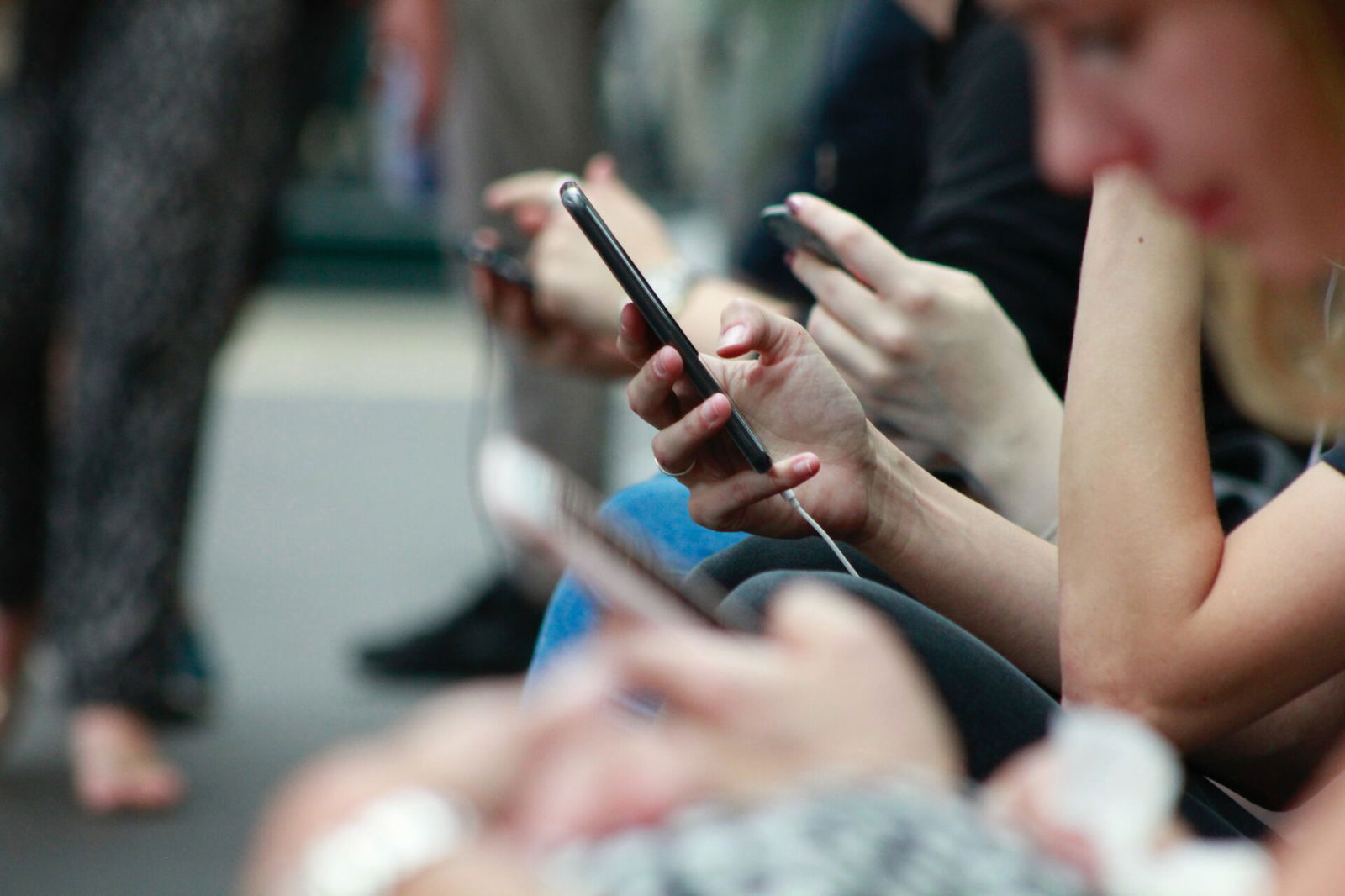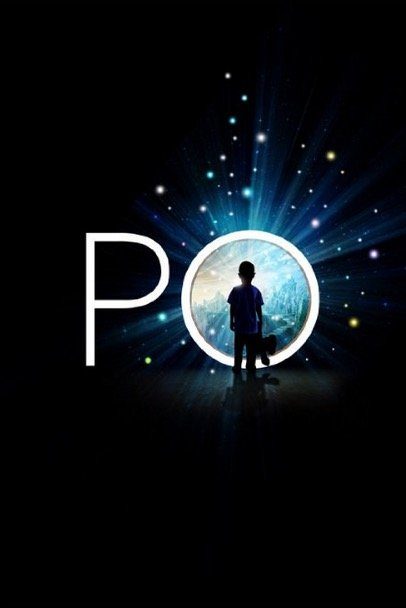
Is Social Media Really Causing the Youth Mental Health Crisis?
By Movieguide® Contributor
Last week, Surgeon General Dr. Vivek Murthy suggested that the mental health crisis of teens could be curbed by putting “warning labels” on social media — a quick effort to ease adolescent health issues that could be done without having “perfect information.”
While this may be true, experts say an adolescent mental health crisis is not definite.
“Even among experts, questions remain about the exact role that social media plays in the mental health of children and teens,” CNN Health reported on June 24. “Authors of a sweeping new review of research into social media and mental health say there’s still key information missing to know whether prevention programs and interventions will work.”
Movieguide® reported on June 19:
“The mental health crisis among young people is an emergency — and social media has emerged as an important contributor,” Murthy wrote in a recent New York Times piece. “Adolescents who spend more than three hours a day on social media face double the risk of anxiety and depression symptoms, and the average daily use in this age group, as of the summer of 2023, was 4.8 hours. Additionally, nearly half of all adolescents say social media makes them feel worse about their bodies.”
“It is time to require a surgeon general’s warning label on social media platforms, stating that social media is associated with significant mental health harms for adolescents. A surgeon general’s warning label, which requires congressional action, would regularly remind parents and adolescents that social media has not been proven safe,” he continued.
JAMA Paediatrics conducted a study that reviewed 150 studies on adolescents’ relationship between social media and their mental health. The JAMA study found that only a few studies examined adolescents who had mental health issues at ‘clinical levels.'”
“There’s a ‘real risk that we are incorrectly generalizing results from the general population to young people with mental health conditions,'” the study’s authors wrote. “In a world increasingly saturated by digital technology, we cannot afford to design prevention programs, interventions, and regulations without knowing that they work for everyone, especially those who are most vulnerable.”
A similar study published by the National Academies of Sciences, Engineering, and Medicine came to the same result.
“There is not enough evidence to say that social media causes changes in adolescent health at the population level,” said a news release about the report. And “despite many years of research, the evidence clarifying precisely how social media influences health is limited.”
There’s another hard-to-crack issue, too.
“While the science suggests there is a link between social media and mental health, there is often a lack of clarity on whether social media is influencing an individual’s mental health or whether an individual’s mental health is influencing their use of social media, said Dr. Sandro Galea, chair of an ad-hoc National Academies committee that authored the analysis of research and dean of the Boston University School of Public Health,” CNN said.
Murthy believes warning labels would “regularly remind parents and adolescents that social media has not been proved safe.”
“One of the most important lessons I learned in medical school was that in an emergency, you don’t have the luxury to wait for perfect information. You assess the available facts, you use your best judgment, and you act quickly,” Murthy wrote in his essay. “The mental health crisis among young people is an emergency — and social media has emerged as an important contributor.”
Many experts believe Murthy is off to a good start.
“The Surgeon General is identifying something that he sees as a challenge to the health of the public and thinking about ways to act to mitigate the challenge. Through that lens, I think he’s doing exactly what a surgeon general should do,” Galea said. “Public health action, not infrequently, has to happen absent complete or perfect data.”
“Is it going to deter kids who are determined to be on social media? Maybe not. But if it does help raise awareness, if it helps make parents more aware of what the risks are letting their kids be online and beyond these platforms, then I think it’s a positive thing,” said Melissa Henson of the Parents Television and Media Council.
Michaeline Jensen, an associate professor of clinical psychology at the University of North Carolina at Greensboro, who studies social media’s effects on adolescents told NPR, “So the idea of a warning label, I think is interesting in the sense that he’s drawing attention, and I want to applaud him for this, to a really significant mental health challenges that are currently faced by adolescents today. That part is very important, and I applaud him for that.”
“However, mental health difficulties themselves are complicated, and they never have a single cause. So it’s hard to say that slapping a warning label on social media will do a measurable amount to improve adolescent mental health,” she said.
Organizations such as the National Academies Committee are against social media restriction. It believes that social media’s value lies in its assistance with social connection and online support communities.
However, Murthy believes that right now, safety trumps benefits.
“It’s important to look at the research question broadly. What we’re trying to understand first and foremost is the answer to the question parents are asking us, which is, ‘Is social media safe from my kids?’ And if you ask researchers, ‘What does data tell us about safety? Where is the data that tells us these platforms are safe?’ That data is not there. So there’s not evidence of safety,” he said.
“There is growing evidence of harm,” he continued. “There are certain benefits, but getting some benefits does not justify forcing kids to endure significant harm.”
Co-medical director of the American Academy of Pediatrics Center of Excellence on Social Media and Youth Mental Health, Dr. Jenny Radesky points out that other products children use are tested for safety.
“We expect that infant formula is tested for bacteria, toys are tested for lead paint, and that there are rules about safety for everything from cribs to cars. These safety guardrails that prioritize children’s well-being in digital products do not exist in the US,” she said.
She notes that warning labels aren’t perfect and “Family conversations to support healthy media use take a long time and need to happen over and over.”
Murthy knows that it will take more than a warning label to make social media safe, but it’s a step in the right direction.
“To be clear, a warning label would not, on its own, make social media safe for young people,” Murthy added. “These harms are not a failure of willpower and parenting; they are the consequence of unleashing powerful technology without adequate safety measures, transparency or accountability.”
Questions or comments? Please write to us here.


 - Content:
- Content: 

 – Content:
– Content: 